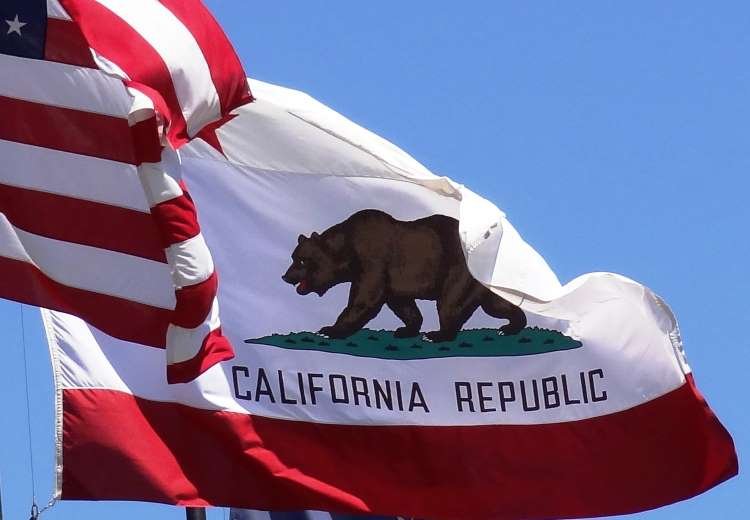California Has Billions of Dollars of Unclaimed Property - Claim Yours Now!
/The State of California maintains billions of dollars in unclaimed property belonging to individuals and organizations.
California's Unclaimed Property Law requires "holders" such as corporations, business associations, financial institutions, and insurance companies to report and deliver property to the Controller's Office after there has been no customer contact for three (3) years. Often the owner forgets that the account exists, or moves and does not leave a forwarding address or the forwarding order expires. In some cases, the owner dies and the heirs have no knowledge of the property.
The most common types of unclaimed property are bank accounts and safe deposit box contents, stocks, mutual funds, bonds, and dividends, uncashed cashier's checks or money orders, certificates of deposit, matured or terminated insurance policies, estates, and mineral interests and royalty payments, trust funds and escrow accounts. You may also find things like unused balances in prepaid cards and refunds due.
Find out more at www.ClaimIt.ca.gov.
Search the California Unclaimed Property database at ucpi.sco.ca.gov/en/Property/SearchIndex.
Search by name, address, city, property number or any combination.






